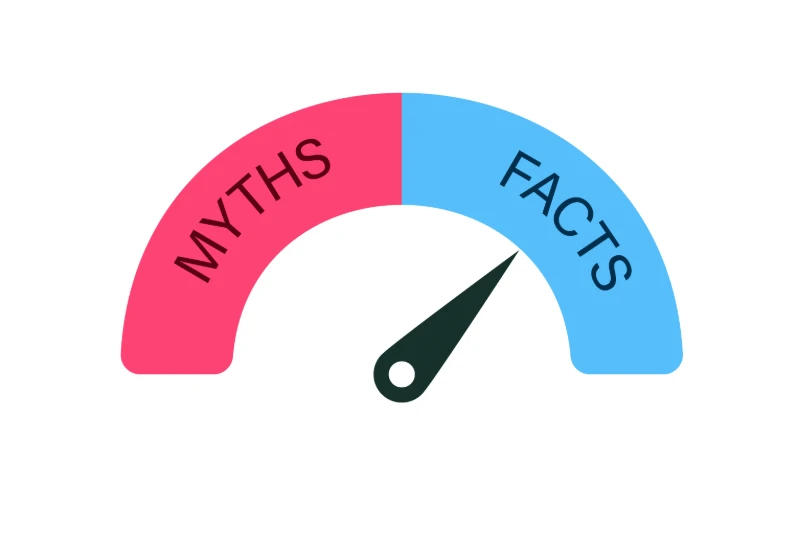When it comes to getting a mortgage, there’s no shortage of misinformation. Many homebuyers, especially…
What Is Home Equity and Why Is It Important?
Building equity in your home can be confusing. Home equity is the difference between what you owe on your mortgage and what your home is worth. To calculate your home equity, subtract what you owe on your mortgage from the current value of your home. For example, if your home is worth $250,000 and you owe $100,000 on your mortgage, your equity is $150,000.
You can increase your home equity by paying off your mortgage or if your home’s value rises. However, your equity will decrease if the value of your home decreases faster than you pay off your mortgage.
To estimate your home’s value, you can talk to a real estate appraiser or research similar properties in your neighborhood.
Here are some ways you can increase your home equity:
– Make a large down payment
– Focus on paying off your mortgage
– Stay in your home longer than five years
– Renovate your home and increase curb appeal
You can use your home equity for a cash-out refinance. With a cash-out refinance, you refinance your current home loan for more than you owe. You can receive the difference in cash. To qualify for a cash-out refinance, you must build home equity.
For example, if you take out a loan for a $200,000 house, and a year later, if your home is worth $250,000 and you owe $150,000, you have $100,000 in home equity. If you refinance your loan for $200,000, you can receive a $50,000 check at closing. However, you will need to repay the $200,000 in monthly payments with interest and the closing costs of refinancing.
Traditionally, homeowners use the cash-out refinance to pay off credit cards or renovate their homes. You can also use the extra cash for travel, business, or significant life events, such as paying for your child’s college tuition.
Building equity in your home gives you more refinancing options for the future. However, it’s best to consult a mortgage professional to determine the best refinancing option.





